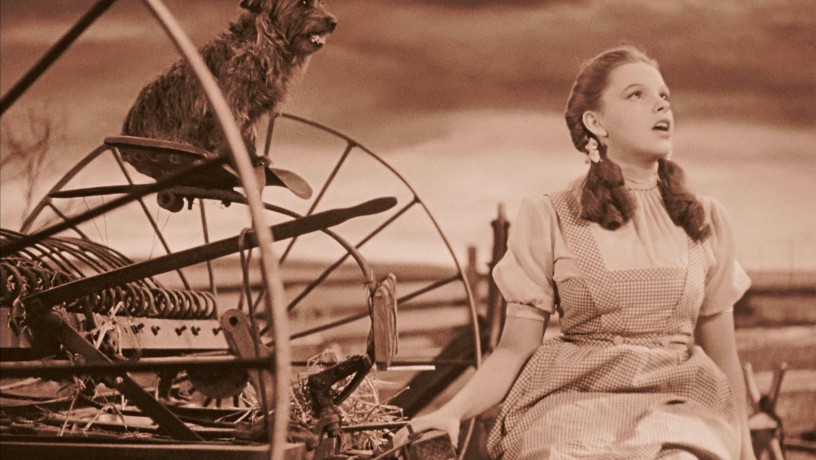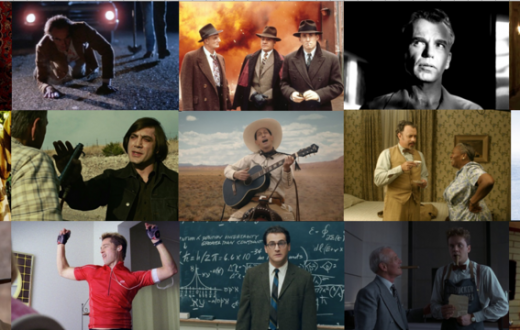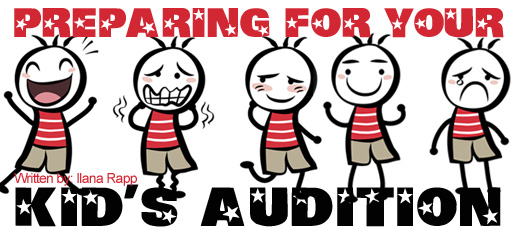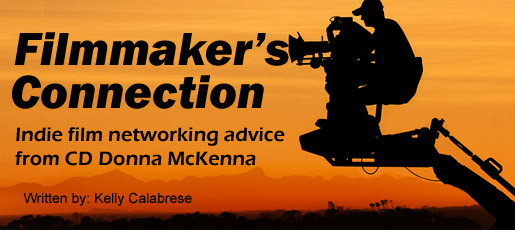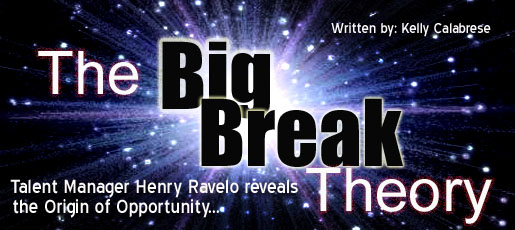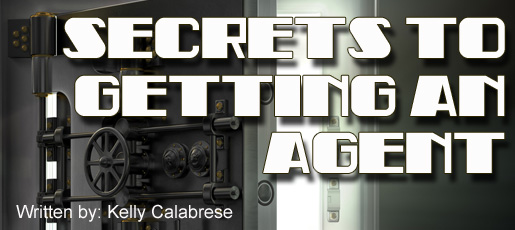Ah, the magic of movies! The magic of the silver screen goes beyond just entertaining us with heart-pounding action and touching emotional moments. It leaves an unforgettable imprint on our shared memories, creating iconic scenes that are more than just pure fun. They hold valuable lessons for actors too! So, grab some popcorn, settle into your favorite seat, and let’s explore why actors should study these unforgettable movie moments.
The “I’m the King of the World!” Triumph (Titanic, 1997)
Leonardo DiCaprio, arms outstretched, exclaiming his victory atop the Titanic’s bow. It’s an iconic scene that has been parodied countless times. What actors can glean from this moment is the significance of embracing vulnerability and fully committing to a character’s emotions. DiCaprio’s infectious joy and freedom in that moment resonated with audiences worldwide. It’s a reminder that taking risks and letting go can lead to breathtaking performances.
The “I’ll Be Back” Promise (The Terminator, 1984)
Arnold Schwarzenegger’s chilling delivery of this line has become synonymous with his career. The lesson for actors here lies in the power of a catchphrase and the impact it can have on a character’s identity. Study how Schwarzenegger’s distinct delivery and unwavering presence transformed a simple line into an enduring symbol of strength and determination. A well-crafted catchphrase can make a character unforgettable.
The “Somewhere Over the Rainbow” Moment (The Wizard of Oz, 1939)
Judy Garland’s heartfelt declaration of hope and joy as she sings the song Over the Rainbow has stood the test of time. Actors can learn from Garland’s ability to tap into the imagination and childlike wonder that brings characters to life. This scene teaches the importance of embracing the magic of storytelling and infusing it with genuine emotion to create a truly enchanting performance.
The “Life is a Box of Chocolates” Philosophy (Forrest Gump, 1994)
Tom Hanks’ endearing portrayal of Forrest Gump imparts a valuable lesson to actors: Embrace the unpredictable nature of life and find joy in the unexpected. This iconic scene reminds actors to stay open to the surprises their characters encounter, allowing for genuine and heartfelt performances.
The “I’m the Captain Now” Power Shift (Captain Phillips, 2013)
In this gripping scene, Barkhad Abdi delivers a riveting performance as a Somali pirate asserting control. Actors can learn from his commanding presence, the subtle shifts in power dynamics, and the importance of seizing opportunities to make a lasting impact on the audience.
The “Hakuna Matata” Carefree Spirit (The Lion King, 1994)
Nathan Lane and Ernie Sabella’s dynamic duo, Timon and Pumbaa, bring an infectious sense of joy and freedom to this iconic scene. Actors can draw inspiration from their playful camaraderie and the art of finding the lighter side of life, even in challenging circumstances.
The “To Infinity and Beyond!” Adventurous Spirit (Toy Story, 1995)
Tim Allen’s iconic voiceover work as Buzz Lightyear captures the essence of fearless exploration. Actors can learn from his enthusiastic delivery, unwavering confidence, and the art of embracing the childlike wonder that fuels unforgettable performances.
The “I’m Going to Make Him an Offer He Can’t Refuse” Power Play (The Godfather, 1972)
Marlon Brando’s authoritative portrayal of Don Vito Corleone embodies the essence of a compelling and commanding presence. Actors can study his nuanced performance, exploring how Brando’s measured delivery, gestures, and charisma command attention and respect.
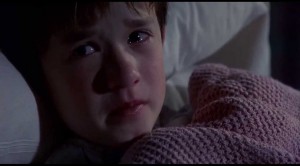
The “I See Dead People” Hair-Raising Revelation (The Sixth Sense, 1999)
Haley Joel Osment’s haunting line delivery has become a classic movie moment. Actors can learn from his ability to evoke genuine fear and vulnerability. This scene demonstrates the importance of connecting with emotions and creating a palpable atmosphere that captivates audiences.
Actors should study the movie scenes listed above for several reasons:
Historical Significance: Many of these scenes have become cultural touchstones and are referenced and celebrated in popular culture. Studying them allows actors to understand the historical context and appreciate the impact these scenes had on filmmaking.
Acting Techniques: These scenes showcase a wide range of acting techniques and styles. By studying them, actors can observe how different actors approached their roles, conveyed emotions, delivered dialogue, and engaged with their fellow performers. This helps actors expand their own repertoire and develop their unique acting skills.
Emotional Depth: The scenes cover a spectrum of emotions, from joy and triumph to fear and vulnerability. By studying how actors effectively portrayed these emotions, aspiring actors can learn how to access and express their own emotions authentically on screen. They can observe how facial expressions, body language, and vocal inflections contribute to creating powerful and memorable performances.
Character Development: Each scene offers insights into the complexity and depth of the characters portrayed. Actors can analyze how these characters were brought to life through choices in physicality, voice, mannerisms, and the overall portrayal. This understanding can help actors develop well-rounded and nuanced characters in their own performances.
Memorable Moments: Many of these scenes contain iconic lines or gestures that have become embedded in popular culture. By studying these moments, actors can learn the importance of creating impactful and memorable moments that resonate with audiences. They can explore the power of delivery, timing, and subtext to make their performances stand out.
Genre Exploration: The scenes listed encompass various genres, including drama, comedy, action, romance, and horror. By studying scenes from different genres, actors can broaden their understanding of the unique demands and conventions of each genre. This knowledge allows them to adapt their performances to suit specific genres and effectively engage with their audience.
Inspiration and Motivation: These scenes are not only instructive but also incredibly entertaining. They showcase the magic and transformative power of acting, providing inspiration and motivation for aspiring actors. Studying these scenes can reignite their passion for the craft, reminding them of the endless possibilities and rewards that come with a successful acting career.
Below are some more scenes to consider watching and accompanying reason why:
– The “I’m Spartacus!” Defiance (Spartacus, 1960)
– The “I’m walking here!” Improvisation (Midnight Cowboy, 1969)
– The “You had me at hello” Romance (Jerry Maguire, 1996)
– The “Here’s looking at you, kid” Romance (Casablanca, 1942)
– The “Why so serious?” Monologue (The Dark Knight, 2008)
– The “I’m as mad as hell” Outburst (Network, 1976)
– The “Do you feel lucky, punk?” Tension (Dirty Harry, 1971)
– The “Show me the money!” Passion (Jerry Maguire, 1996)
– The “I could’ve been a contender” Regret (On the Waterfront, 1954)
– The “I’m not a smart man” Sincerity (Forrest Gump, 1994)
– The “Here’s Johnny!” Terror (The Shining, 1980)
– The “Tears in rain” Monologue (Blade Runner, 1982) fsa
– The “You’re gonna need a bigger boat” Suspense (Jaws, 1975)
– The “I volunteer as tribute“ Sacrifice (The Hunger Games, 2012)
– The “I love the smell of napalm” Intensity (Apocalypse Now, 1979)
– The “No wire hangers” Explosive Emotion (Mommie Dearest, 1981)
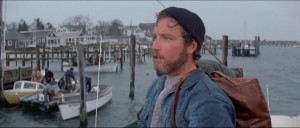
These scenes cover a wide range of genres, emotions, and acting styles, providing valuable lessons for actors to learn from. Each scene presents unique opportunities to study the craft, understand character development, and explore the power of performance. So grab your notebook, get ready to be inspired, and dive into the world of these iconic movie moments!

